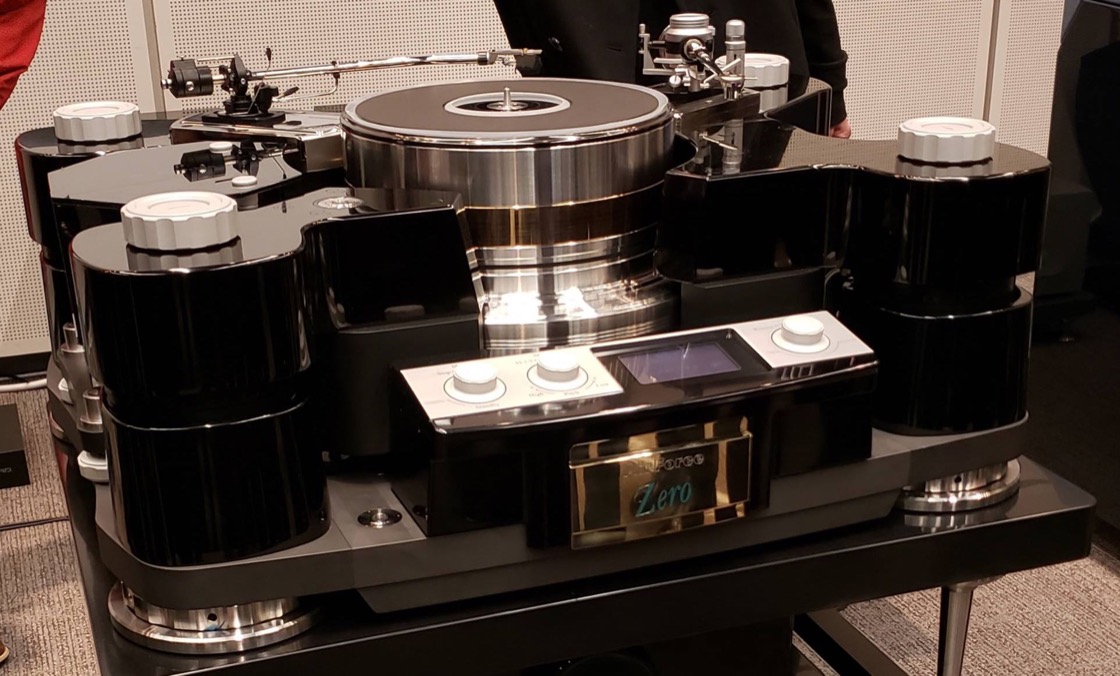I have no doubt that we can't discern tiny differences in speed; say from 33.333 to 33.330 or 33.336
Or unless a superhero with an acute auditory system (set of superman/woman ears).
Belt drive, automatic quartz drive, laser tracking, linear tracking, ...the rotations of the LP (33 1/3), or 45, or 78 rpm, ...some motors will be more accurate than others.
How important is this; I go with Francisco's earlier answer.
#319
https://www.whatsbestforum.com/thre...ro-real-final-photo.27677/page-16#post-567009
So many variables can vary the speed; not just the motor.
_____
Only for fun (beyond):
Motor drives in tape decks are another game. Motor drives in CD players?
HDD (hard disc drive) or SSD (solid state drive)?
Music has been rotating since a very long time, it is still spinning.
Today we are in the music servers era, the ultra hires music from our smartphones.
The music is still rotating in circles @ low (reels), and ultra fast speed (15,000 rpm drives).
Cylinders were playing music in rotations too, speed controlled.
The disc is probably the most ever music format used in history; from 24" (1957 hard drives) to the LP (12") to the CD (5") ... reel tapes, mini disc, micro disc, no disc (no mechanical parts - SSD).
Our LP is an enduring disc format, very very very hard to kill.
To the contrary; hundred years from now, after most of us are gone to the four winds of the globe, I predict the LP will still be strong and alive.
Why? It's very simple; because of the music treasures.
Get ready, set your speed, go.









